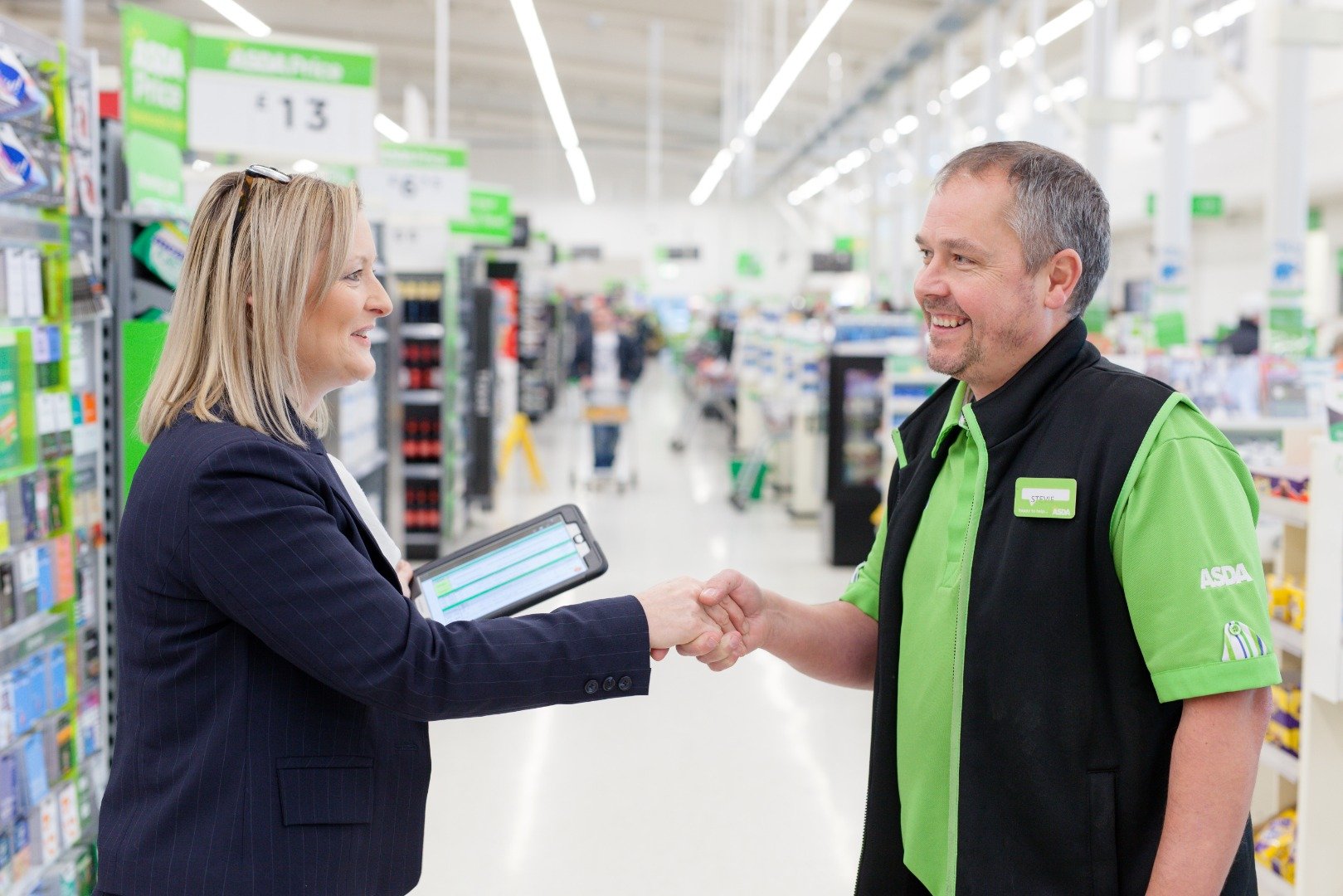The changing face of sales agencies
31 July 2020
Author: Gordon Neil
The environment that sales agencies operate in has been changing for several years, driven by an unstable economy, cost pressure abound in brands, fast developing technology, and a consumer landscape that has shifted in terms of where people shop, what they want to buy and what they expect from the experience. 2020 has changed and accelerated all of that again, turning it on its head, so what is the role of agencies and what should they be doing to help brands?
As we come to the start a new month, we are going to focus on our own role within the sales and marketing agency industry, the trends that are informing this, and what we’re doing to help brands deliver their plan and succeed in a tough environment.
We start with a view from our Group Strategy and Marketing Director, Gordon Neil.
For most brands, the role of an agency is one of strategic partner as well as operational delivery, the days of it being focused solely on the latter are long gone. Customer centricity must sit at the heart of every sales and marketing agency, with agencies constantly challenging themselves on what they have done, and could do to help brands achieve their goals and deliver their strategy.
At McCurrach, this means we need to be the brains and the heartbeat across every industry we can operate in, spotting trends, identifying best practise, and developing a proposition that extends far beyond sales teams. Recognising this broader role is the only way we can support our clients and their customers to succeed.
In my view, there are four areas that have been the driver of change:
1. The role that big data can play in strategy setting, direction and evaluation
Not a new topic, but one that continues to evolve in every industry. The role of sales agencies has always been to target the right customers, at the right time, with the right objectives, then measure it intensely to continuously evolve and improve. Data is key to that and the role of agencies has only extended in this space. In McCurrach, that’s led to us building data and insights partnerships, reporting focused on insight and action, building bespoke analytics platforms, and constantly scanning the environment for new data sources and expert partners we can work with to unlock value.
2. The need for agility of resource to deliver a constantly shifting where, when and what
It’s not long ago that agility was running permanent and tactical teams, no longer is that the case. The reason for this is that the location and moment in time that opportunities exist to sell more are constantly shifting. The other addition is that how the opportunity is unlocked also changes based on the environment and type of opportunity, in other words, it’s not always the same resource doing it in the same way. At McCurrach, in addition to agility of permanent resources, this has led to development of high skilled ‘On Demand’ resource who can be in any outlet with pace to realise an opportunity to sell more. This requires recruitment, training, and engagement of a team in all parts of the market, as well as the technology to deploy them. It has also led to further development of our partner network to enable crowdsourcing to be used where appropriate.
3. The evolving role of digital in customer engagement
The role of digital engagement as part of the sales model has grown in recent years and events of 2020 have only accelerated that. Adoption of digital at customer level, has been the driver, without that, there isn’t a foundation to build on. The growth in adoption across all industries has led to the development of new ways to engage, train and sell to customers, including the advent of bespoke applications and platforms to integrate with, or replace, face to face engagement.
4. The growing role of engaging with, and selling direct to the consumer
The level of staffing where the consumer meets the product, whether that’s a physical store or somewhere else, has reduced. This is mostly driven by financial pressure where cost cutting has been required to deliver margin targets. Whilst the role of digital has also grown for consumers, it never fully replaces a personal experience. In many sectors, brands have had to take the mantle of consumer engagement to create the point of difference for the consumer that unlocks success. There is a never-ending goal to convert consumers from consideration to purchase, leading to more direct to consumer engagement, both online and in person. Permanent teams have become more agile, switching from B2B to D2C instantly, bespoke teams have been developed and partnerships struck to unlock personal experiences online.
A lot has changed in a short space of time, that’s only going to accelerate in the current environment. For the moment, these four drivers will remain key, but pace of change could add to them in the near future, it’s our role to identify when that needs to happen and be ready for it.
Join us throughout August as we look at the impact of the changing face of sales and marketing agencies through the lenses of data, agile, digital and D2C, before finishing with our conclusions and views on what the future holds. Follow our LinkedIn page to be kept up to date with our latest views.
_______
MEET THE EXPERT

For more information on Gordon Neil, Group Strategy and Marketing Director, visit his LinkedIn page.
